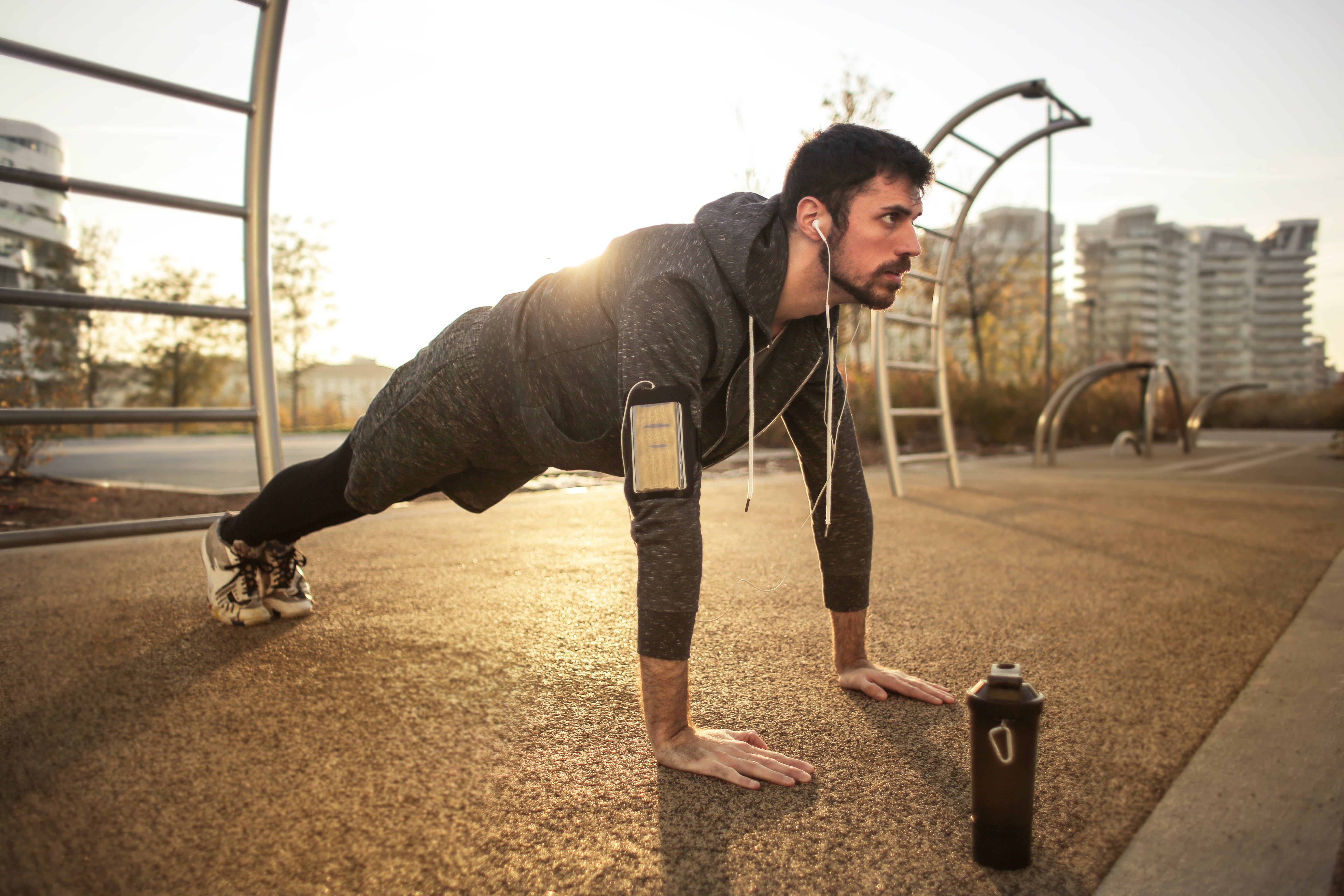- HOME
- Infrared Sauna Benefits
- Testosterone
Does Infrared Sauna Boost Testosterone?
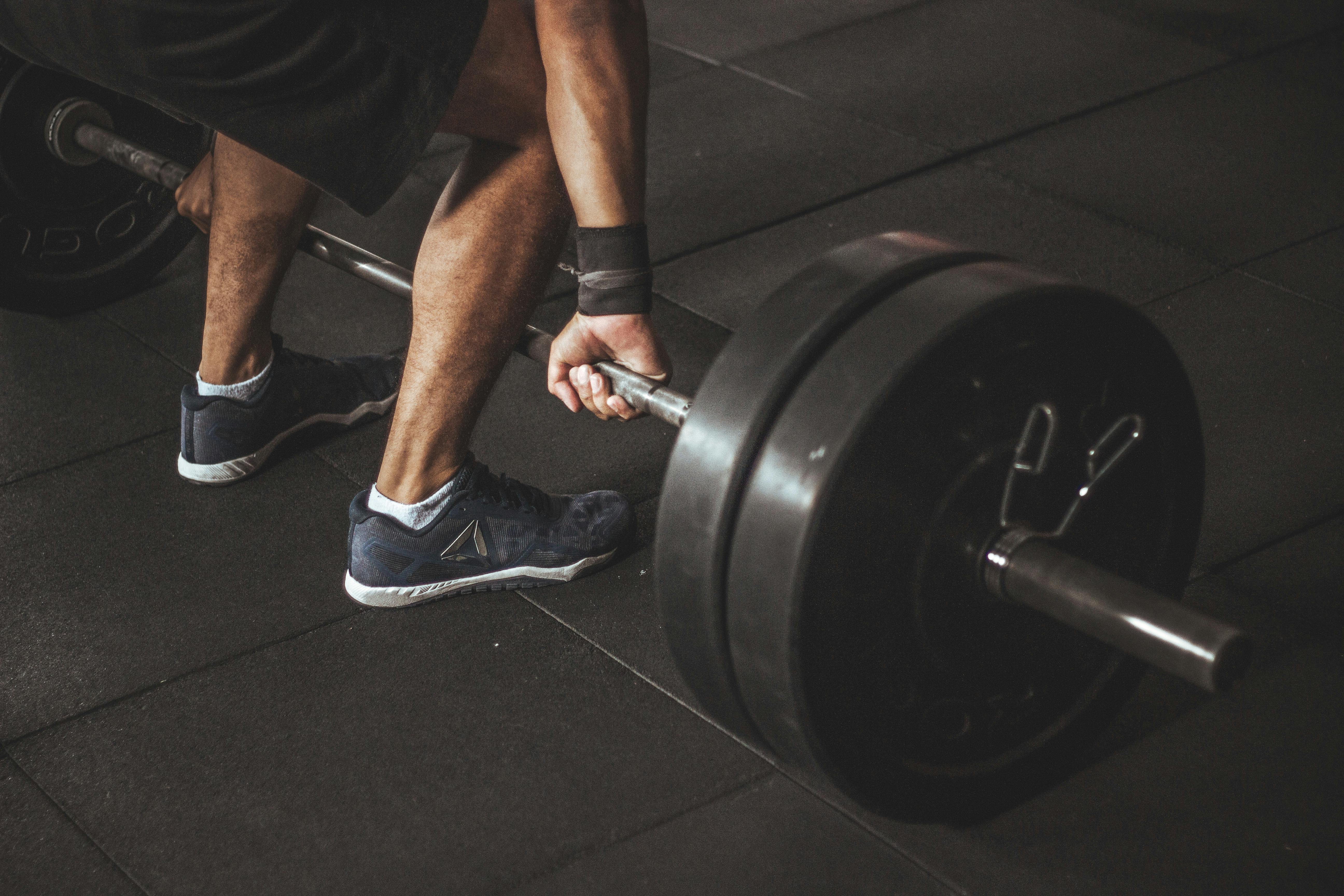
Testosterone is known as the hormone that pushes strength, vitality and libido. No wonder many of us are looking for the miracle cure to stimulate this. The internet is full of quick fixes and flashy health trends to maximize your physical and mental performance.
How do you know if these offers actually work? In the searches, the infrared sauna also appears as a potential ally that can ensure a hormonal balance.
But in a deluge of health trends and testosterone-boosting claims, is the warmth of an infrared sauna the key to unlocking a natural, hormone boost, or just another wave in the ocean of wellness myths?
A quick tour of the blog post
- What is testosterone
- The importance of testosterone
- Common practices to elevate testosterone levels
- Impact infrared sauna on testosterone (research)
- Final thoughts
What is Testosterone?
Testosterone, often mentioned as the primary male sex hormone, is vital for both men and women [1]. Produced in men's testes and, in smaller amounts, in women's ovaries and both genders' adrenal glands, its role goes beyond reproduction.
In the body, testosterone plays a part in muscle development, bone strength and the regulation of fat distribution. For men, it deepens the voice and fuels the growth of facial and body hair during puberty. In women, it supports bone health, ovarian function, and libido.
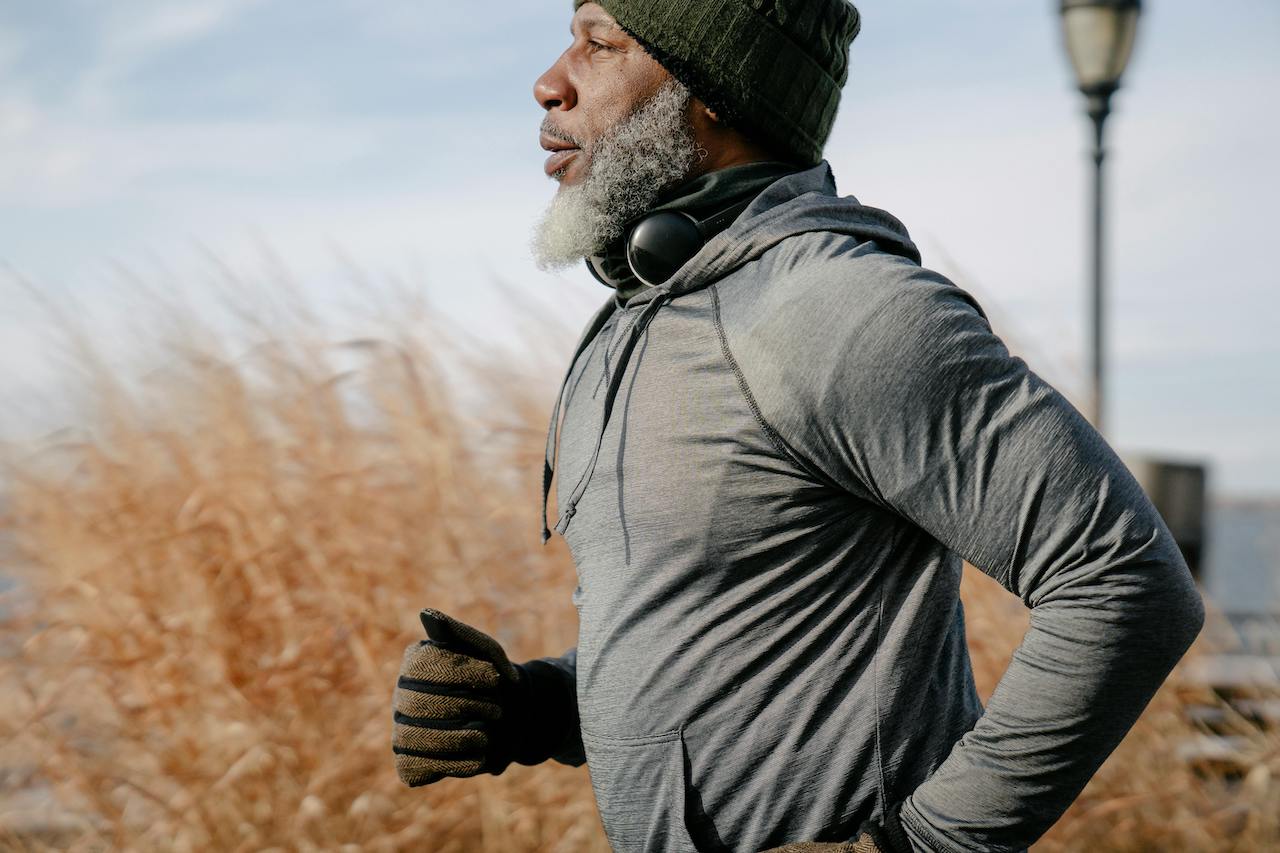
What is The Importance of Testosterone?
Optimal testosterone levels fuel physical performance, support muscle strength, and enhance bone density, guarding against fractures and osteoporosis. They also boost metabolism, supporting healthy weight management.
Mentally, balanced testosterone sharpens focus and improves mood, reducing risks of cognitive decline and depression. In reproductive health, it's fundamental for sperm production in men and ovarian function in women, influencing libido in both sexes.
Low testosterone can weaken muscles, encourage fat accumulation, and lower bone strength, raising osteoporosis risks. It may also cause hair loss, decreased sexual desire, and fertility issues. Deficiencies can lead to fatigue, irritability, and concentration difficulties, impacting overall emotional well-being.
Common Practices to Elevate Testosterone Levels
Here are the most common practices related to raising testosterone levels.
Nutrition, fats and testosterone
What you eat also has a direct influence on your testosterone level. Research suggests that low-fat diets can lower testosterone. Conversely, high-fat diets, such as the ketogenic diet, have shown promise in boosting testosterone. [2]
This study compared the ketogenic diet with a Western diet [3]. The researchers saw a notable increase in testosterone levels among those following the high-fat regimen, without affecting insulin levels. This suggests that the right kind of fats can positively impact testosterone.
A diet like keto has a major impact on your life. But for those who want to add healthy fats to their current diet, avocados, nuts and olive oil are a good choice.

A temporary exercise-induced testosterone boost
Regular exercise, particularly strength training and high-intensity interval training (HIIT), has been associated with enhanced testosterone levels.
A comprehensive meta-analysis examined how exercise affects testosterone in men, analyzing both total and free testosterone changes after activity. The study, which included 48 studies with 569 participants, found that exercise lifts testosterone regardless of the type of sample (blood or saliva). [4]
The findings showed that testosterone levels go up after both moderate and high-intensity exercise, but not after light activity. The boost in testosterone levels is most noticeable immediately after exercise and within 30 minutes, then it decreases. This highlights that the spike in testosterone is a temporary response to physical activity.
Vitamin D Supplementation: Myth or Reality for Boosting Testosterone
Vitamin D supplementation is often touted for its ability to push up testosterone levels. While these claims are compelling and widespread, a scientific systematic review reveals a nuanced reality. [4]
Researchers examining vitamin D deficiency and its link to testosterone in adult men have found inconsistent results. Some studies point to a possible connection, but many others do not.
It is crucial to understand that such persuasive claims are often used in marketing strategies, cleverly tapping into our preference for quick fixes for our health.
This tactic is not only becoming popular among vitamin D supplement sellers, but is also gaining traction in the infrared sauna market. Numerous sites promoting infrared and red light therapies now cite this claim as fact. They base their claim on the idea that infrared rays (also found in sunlight) encourage vitamin D production.
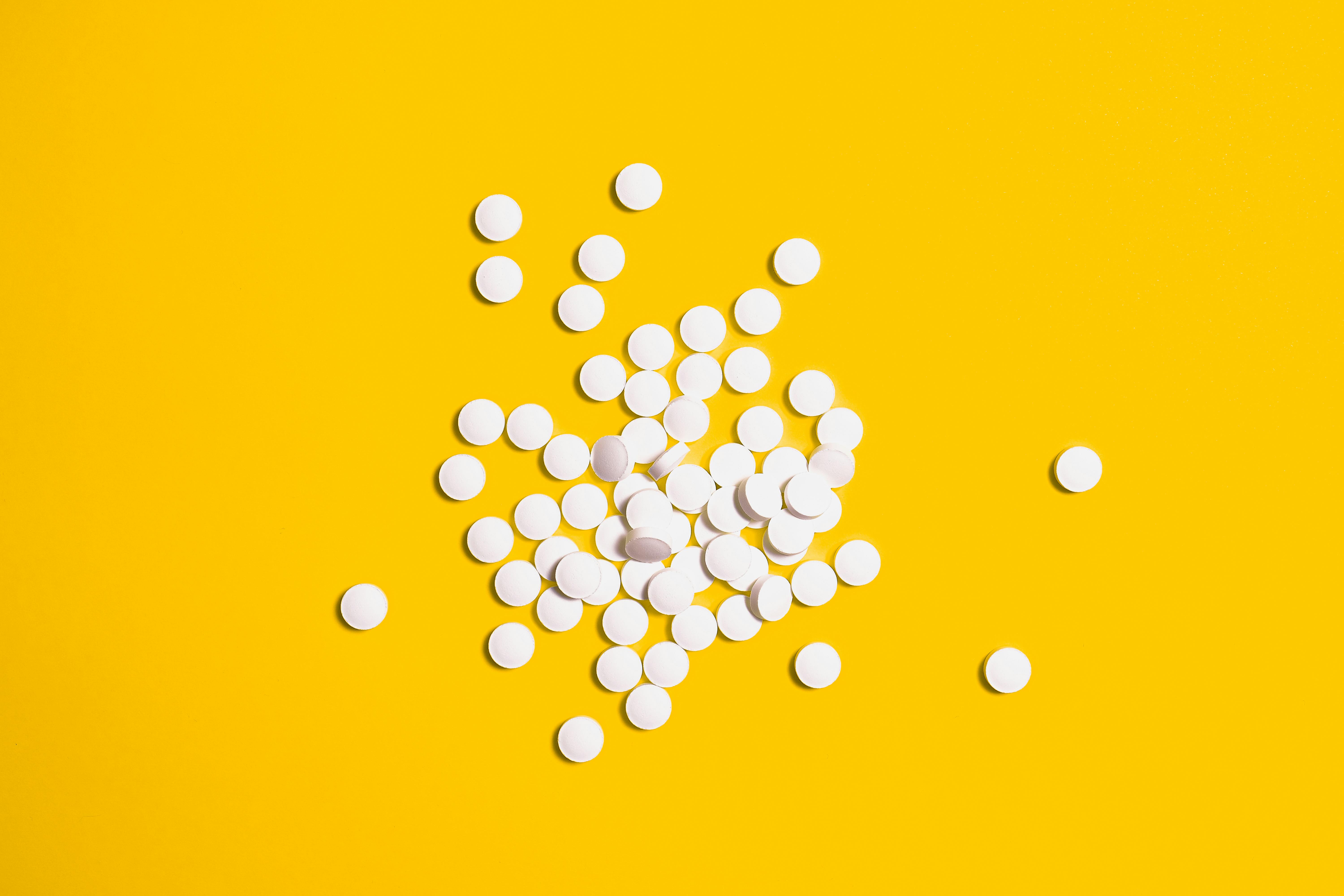
Sleep Quality Matters
Good sleep is essential for maintaining hormonal balance and overall health. Beyond testosterone, the interplay between our hormones, especially cortisol, plays a significant role in our sleep and well-being.
Cortisol spikes during times of stress, increasing energy (by raising blood sugar levels) while suppressing other body functions. Increased cortisol can lead to a decrease in testosterone.
This effect is also often described as the hormonal see-saw [5]. It underlines the importance of managing stress for maintaining hormonal harmony.
An imbalance, with prolonged stress keeping cortisol high, can significantly dampen testosterone production, impacting everything from muscle health to our energy levels and mood.
The research 'Sleep, testosterone and cortisol balance, and ageing men,' [6] highlights the importance of a good night's sleep in maintaining balanced testosterone and cortisol levels, essential for metabolic health.
It shows that sleep deprivation and shorter sleep duration are associated with reduced testosterone levels and increased cortisol levels in the afternoon, disrupting the body's anabolic-catabolic signaling.
Addressing sleep disorders and improving sleep quality are emerging as one of the strategies for maintaining hormonal balance and protecting metabolic health.
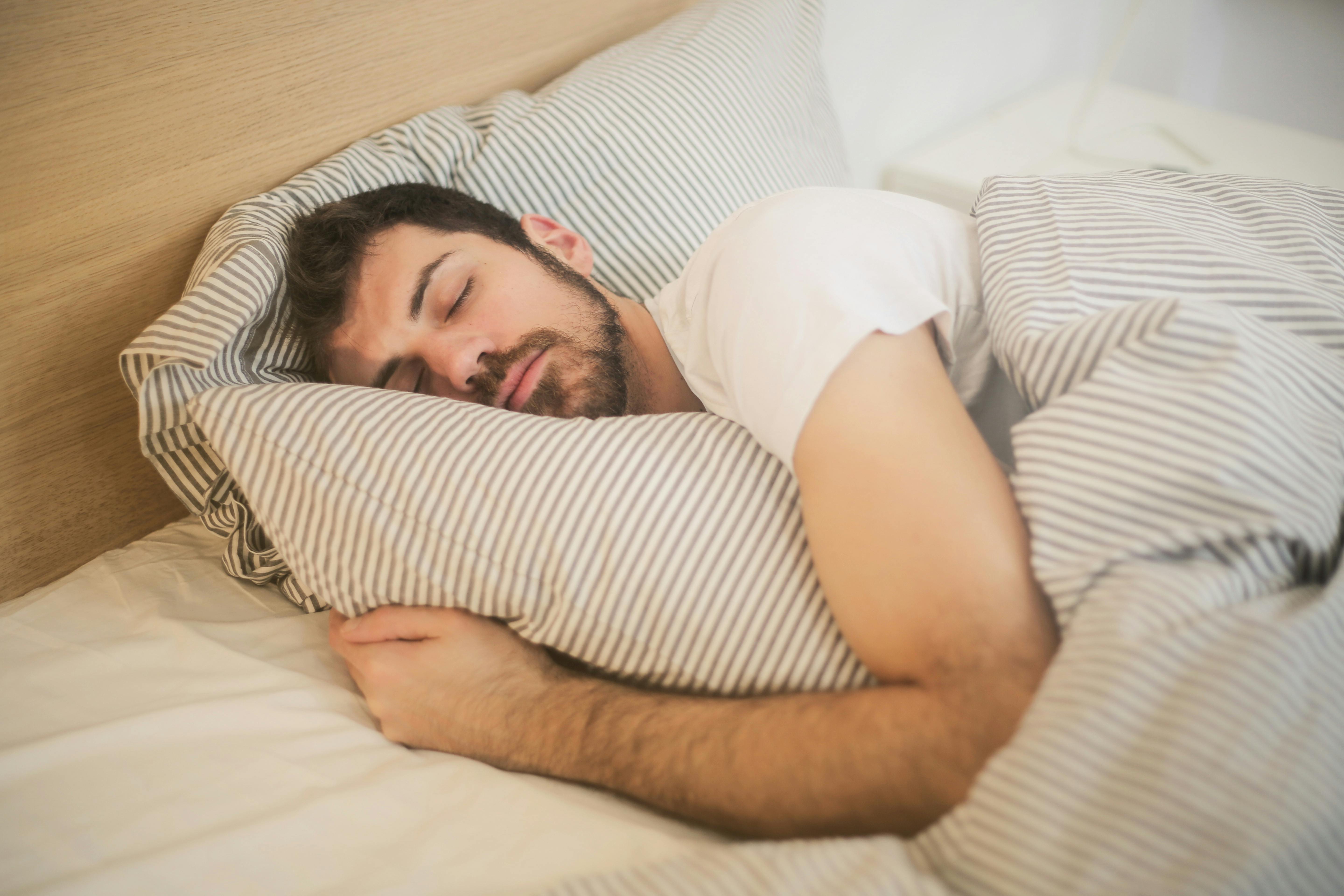
Medical Interventions
For individuals diagnosed with clinically low testosterone, also known as hypogonadism [7], hormone replacement therapy is a recognized treatment. Hypogonadism occurs when the body fails to produce enough testosterone due to abnormalities in the testis, hypothalamus, or pituitary gland.
Infrared Sauna and Its Impact on Testosterone
The invisible infrared waves from IR saunas penetrate deep into the skin and through molecular vibrations they reach the smallest cells of our body. The heat creates energy that bolsters blood circulation, which initiates the internal process of detoxification, relaxation and recovery.
The question that has been keeping us busy for a while now is 'what is the impact of this heat on testosterone?'
No research into the impact of IR sauna on testosterone is yet available. However, a lot of research has been done into the consequences of traditional sauna sessions on this hormone. Traditional dry and steam saunas heat the body by heating the air, unlike infrared, whose rays penetrate directly into the body.
This difference has consequences for the duration of the session, among other things, infrared acts faster and more profoundly on the body, while the ambient heat remains pleasant, compared to the steamy heat in a conventional sauna.
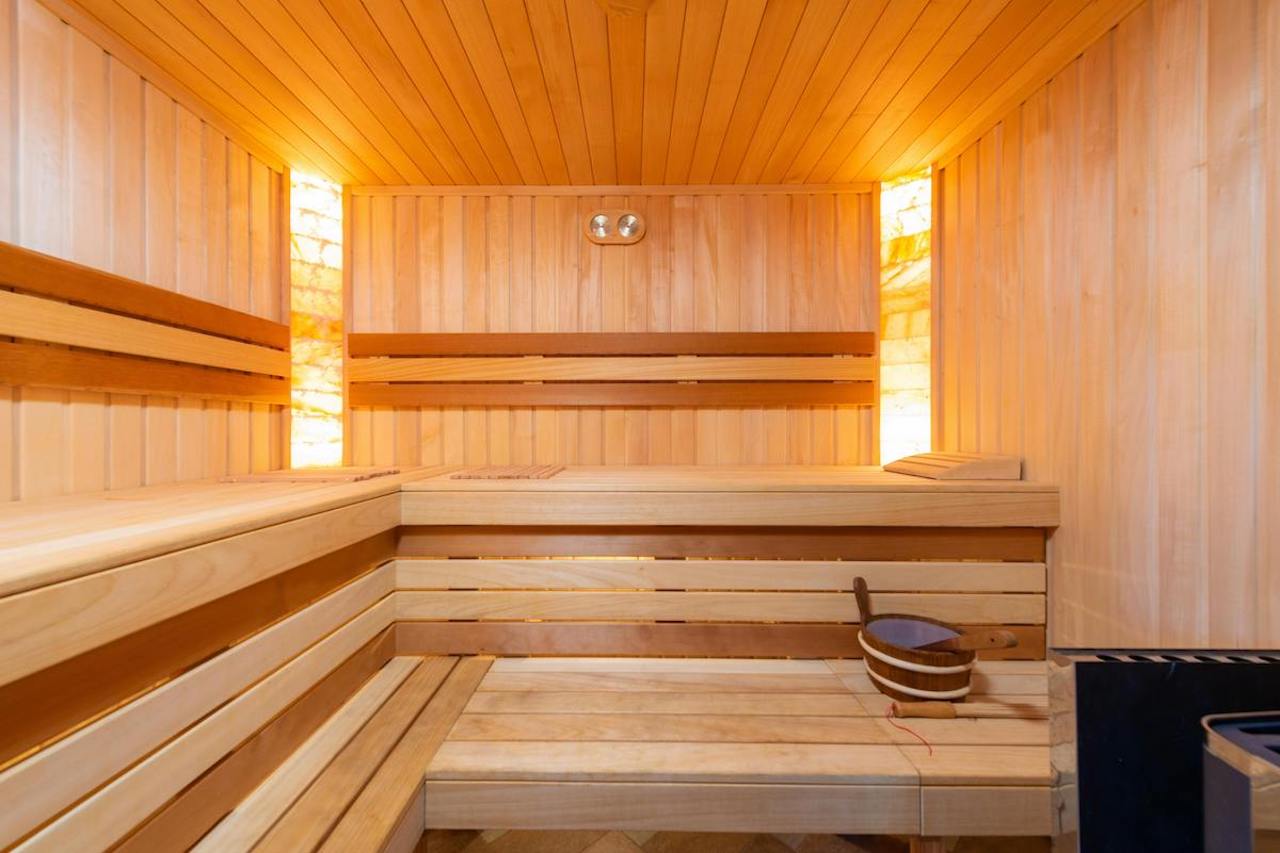
Hormonal Responses to Sauna and Cold Immersion
This 2021 study [8] revealed that while repeated sauna sessions followed by cold water immersion led to a substantial reduction in cortisol levels, indicating a decrease in stress, the impact on testosterone levels was minimal.
Testosterone levels showed a slight rise from 4.04 to 4.24 ng/ml after the sauna treatments, but this change was not statistically significant. This suggests that, in the context of this study, regular sauna use does not markedly affect testosterone levels in young adult men, regardless of their physical activity levels.
Hormonal Responses to Sauna Bathing
A 2021 review study [9] on the endocrine effects of sauna baths reveals that while sauna exposure triggers various hormonal changes, it does not impact testosterone levels. Despite the acute hormonal fluctuations observed during sauna sessions, such as upshifts in growth hormone and prolactin, testosterone remains largely unaffected. This stability in testosterone levels suggests that sauna bathing, even when regular, does not disrupt the body's reproductive hormone balance.
The findings do reassure sauna users about the practice's safety in relation to testosterone and overall hormonal health.
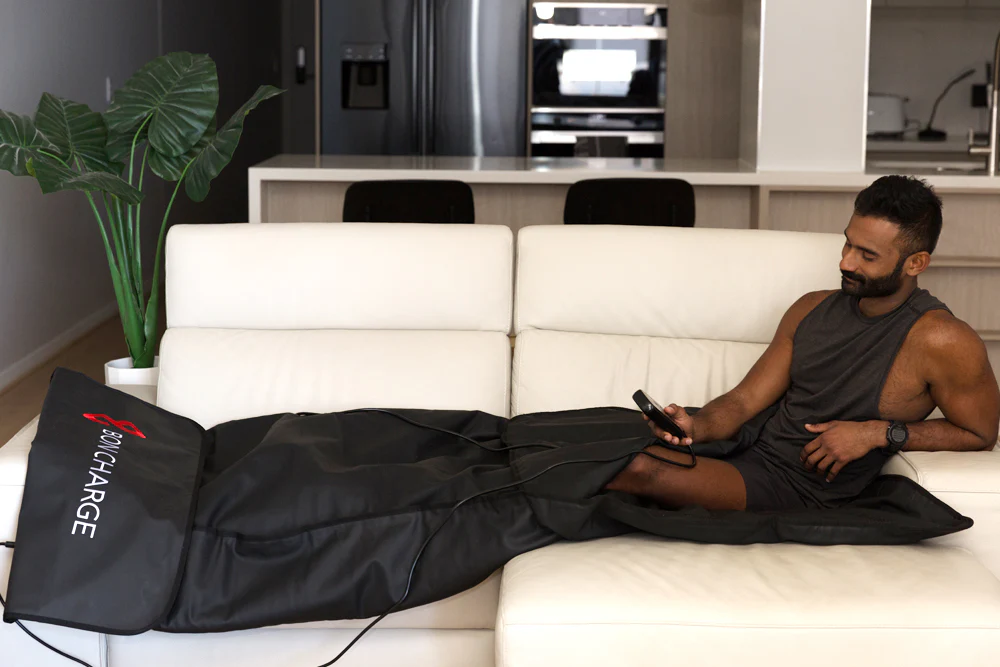
Check out our Best Infrared Sauna Blanket Review Of 2024
Sauna sessions and Testosterone
In light of the findings of a 2020 study [10] it appears that sauna sessions can indeed affect testosterone levels, presenting a contrast to previously discussed research. This study revealed that both exercise-associated and standalone traditional sauna sessions could acutely elevated serum testosterone levels in men, with gains up to 15% noted in some cases.
This challenges the consensus of the other research findings that sauna exposure does not alter key reproductive hormones like testosterone considerably. While this opens up new discussions, we should consider that this action is temporary.
The body's endocrine system, with its complex regulatory mechanisms, ensures that while short-term hormonal spikes can occur, long-term testosterone levels remain stable. This nuanced perspective enriches our understanding of sauna benefits, highlighting their potential for immediate outcomes without long-term disruptions to hormonal health.
conclusion from the research
The insights from these studies illustrate a complex interaction between sauna use and hormonal balance, especially testosterone levels.
Although two studies, including a review, indicate a short-term bump in testosterone after sauna sessions, the overarching consensus indicates that there is only a negligible long-term impact on this hormone.
These findings underscore the health benefits and safety of regular sauna practices. On the one hand, it reassures sauna enthusiasts and on the other hand, it invites further research into the correlation between thermal therapy and our hormones.
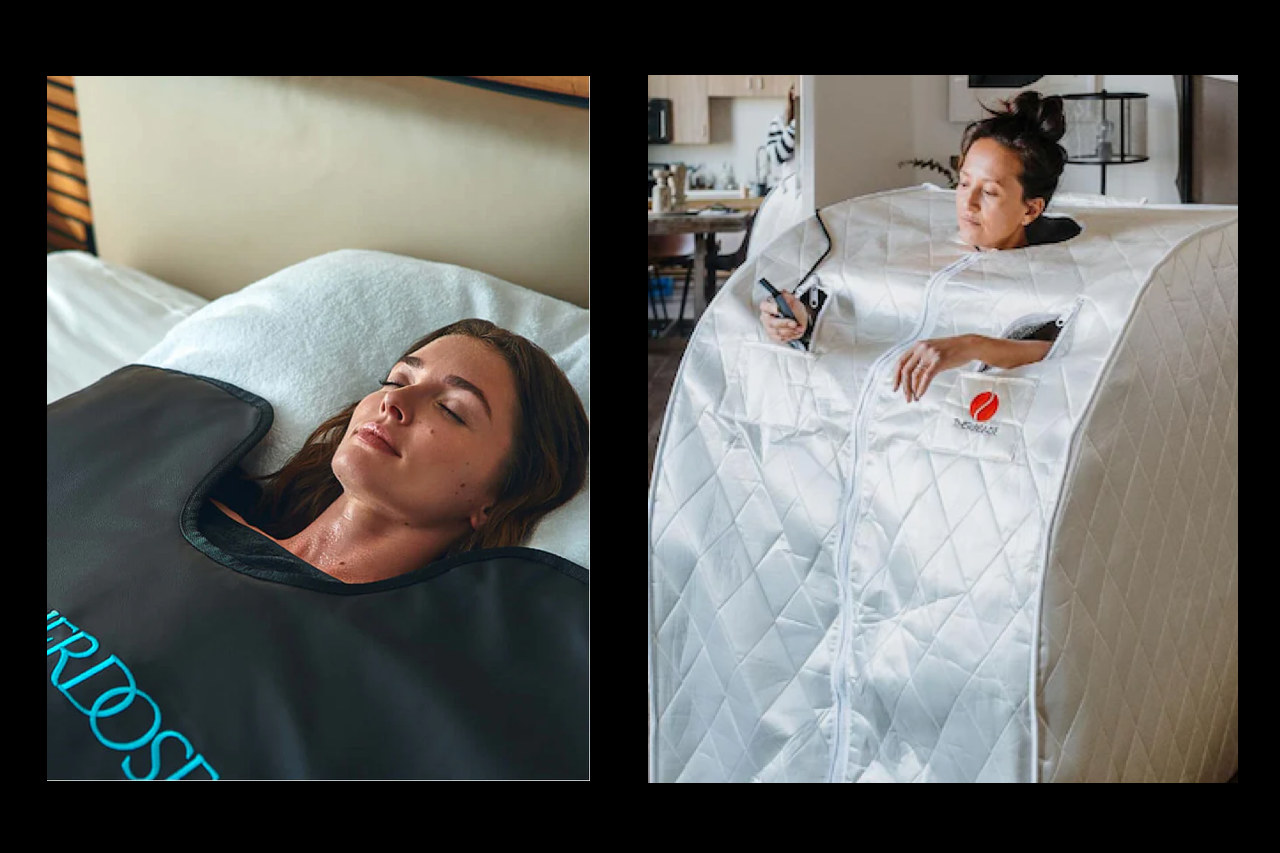
Infrared sauna not only come in cabin form
Final thoughts
The implications of infrared therapy for maintenance of testosterone balance in the body is inconclusive: more research is clearly needed. But these heat wonders do regulate other things that positively change testosterone levels.
First, the relaxing warmth of infrared heat ensures better sleep. Good sleep helps your body produce the right amount of testosterone, which keeps your hormones balanced and your body strong and energetic. If you want to read more about the benefits of IR saunas for sleep quality, click here.
Second, the gentle heat of infrared saunas helps reduce stress by reducing cortisol, a hormone that can lower testosterone levels. This makes it easier for your body to maintain healthy testosterone levels. This article ‘Can Infrared Sauna Lower Cortisol’ delves into this topic in more detail.
The search for knowledge about testosterone and how you can positively modify it continues tirelessly. Meanwhile, the infrared sauna offers a relaxing and overall health-promoting solution.
Interested in the potential of an infrared sauna for boosting your testosterone? Explore our site and reviews for various, flexible 1-person sauna solutions, such as the PEMF mat, blanket and tent.

Diane Sargent
References
1. James Roland and Dana Robinson, What Is Testosterone? Healthline, https://www.healthline.com/health/what-is-testosterone
2. Joseph Whittaker and Kexin Wu, Low-fat diets and testosterone in men: Systematic review and meta-analysis of intervention studies, PubMed, https://pubmed.ncbi.nlm.nih.gov/33741447/
3. Jacob M Wilson et al., Effects of Ketogenic Dieting on Body Composition, Strength, Power, and Hormonal Profiles in Resistance Training Men, PubMed, https://pubmed.ncbi.nlm.nih.gov/28399015/
4. S D'Andrea et al., Endogenous transient doping: physical exercise acutely increases testosterone levels-results from a meta-analysis, PubMed, https://pubmed.ncbi.nlm.nih.gov/32297287/
5. Neetha R Monson et al., Association Between Vitamin D Deficiency and Testosterone Levels in Adult Males: A Systematic Review, PubMed, https://www.ncbi.nlm.nih.gov/pmc/articles/PMC10518189/
6. Peter Y Liu and Radha T Reddy, Sleep, testosterone and cortisol balance, and ageing men, PubMed, https://pubmed.ncbi.nlm.nih.gov/36152143/
7. Mayo Clinic, Male Hypogonadism, https://www.mayoclinic.org/diseases-conditions/male-hypogonadism/symptoms-causes/syc-20354881
8. Robert Podstawski et al., Endocrine Effects of Repeated Hot Thermal Stress and Cold Water Immersion in Young Adult Men, PubMed, https://pubmed.ncbi.nlm.nih.gov/33845653/
9. Ilpo T. Huhtaniemi and Jari A. Laukkanen, Endocrine effects of sauna bath, ScienceDirect, https://www.sciencedirect.com/science/article/abs/pii/S2451965019301048
10. Joonas A Rissanen et al., Acute Neuromuscular and Hormonal Responses to Different Exercise Loadings Followed by a Sauna, PubMed, https://pubmed.ncbi.nlm.nih.gov/31490429/
If you like this blogpost you might find the following articles as interesting as well

